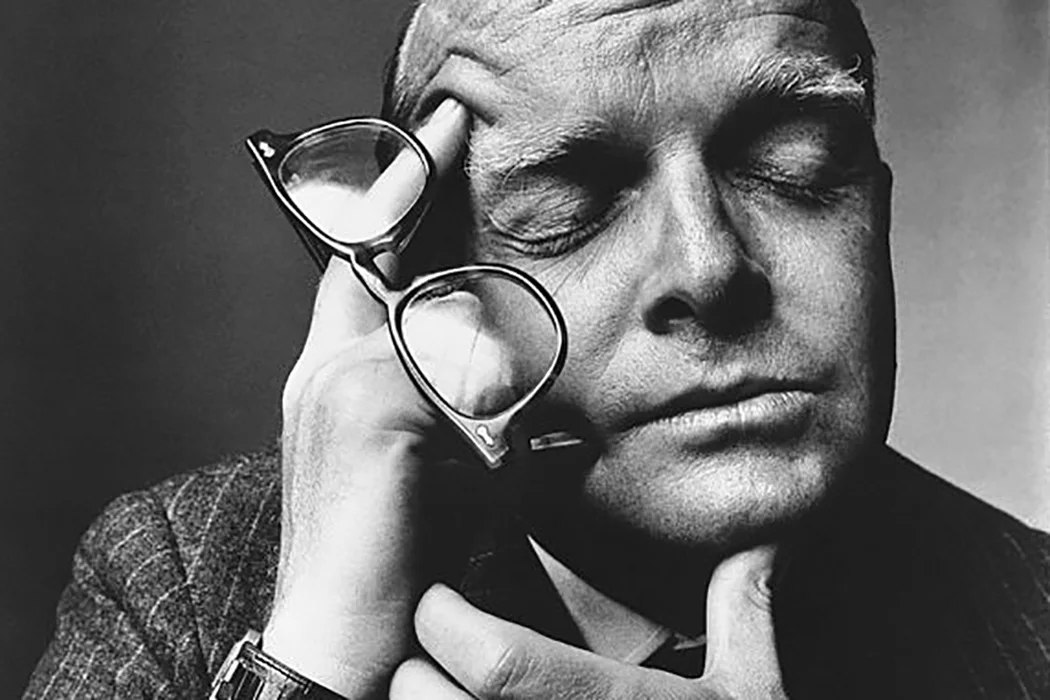
NOTE: This article is a republication- Source: LitHub (by Ebs Burnough).
It’s 1965. Truman Capote was a known figure on the literary scene and a member of the global social jet set. His bestselling books Other Voices, Other Rooms and Breakfast at Tiffany’s had made him a literary favorite. And after five years of painstaking research, and gut-wrenching personal investment, part I of In Cold Blood debuted in The New Yorker. As people across the country opened their magazines and read the first lines of the story, they were riveted. Overnight, Capote catapulted from a mere darling of the literary world to a full-fledged global celebrity on a par with the likes of rockstars and film legends.
The success was all encompassing, but the cost would prove greater than even Capote had realized. Having read an article in the New York Times about the brutal slaying of a family at their farmhouse in Kansas, Capote embarked on a journey to the small rural farming town. Holcomb, located in Southwest Kansas, was a town of just under three hundred people and quintessential 1950s America. A small tight knit community that felt and acted more like one large family than a municipality.
Needless to say, the murders of prominent farmer Herbert Clutter, his wife Bonnie, their youngest daughter Nancy and their son Kenyon, sent shockwaves through the town. Not only was this kind of crime unheard of in Holcomb, it also cast a cloud of suspicion over the entire town. Who would have had reason to kill the Clutters? And even if there had been cause to kill Mr. Clutter, how could anyone justify killing young Nancy and sweet Kenyon? Neighbors locked their doors and kept their children home from school, firearms were placed next to bedside tables, and all were on high alert for fear that they were next on an unknown killers hit list.
Read the full article here